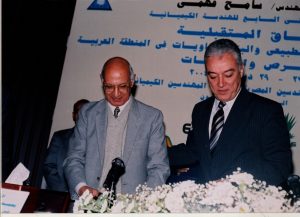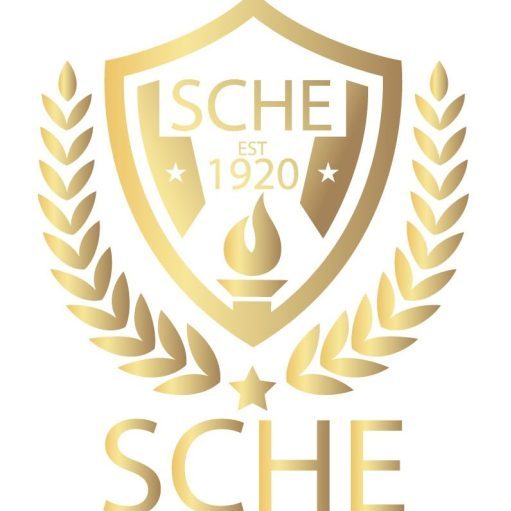
Oxidative Dehydrogenation of Methanol on Chromium Oxide-Mont
ABSTRACT
Methanol conversion was carried out on one of mesoporous
materials, Chromia / Montmorillonite K10 (MK10) in a pulse
microcatalytic system. Methanol was converted to
formaldehyde and ethylene by two different mechanisms.
Methanol dehydrogenation increases by reaction temperature
(300-400oC) and as chromia loading decrease. In
contradiction, the dehydration of methanol takes place at
higher temperature (400-500oC) and as chromia loading
increase, 3-18%Cr. Redox and exposed non-redox Cr3+ are
responsible for HCHO formation. There is relationship
between increasing of C2H4 production and the increase of
Cr6+ phase (from TPR & UV-Vis) according to the acidity of
chromia catalysts 34 and 76 μL tert-Butylamine /gram
catalyst for 3%Cr and 18%Cr, respectively. Formaldehyde
formation is diffusionally controlled at high temperature
(400-500oC) and kinetically controlled at lower reaction
temperature (300-400oC) while methanol dehydration to
ethylene is surface reaction controlled at 400-500oC.
Oxidative Dehydrogenation of Methanol on Chromium Oxide-Mont
